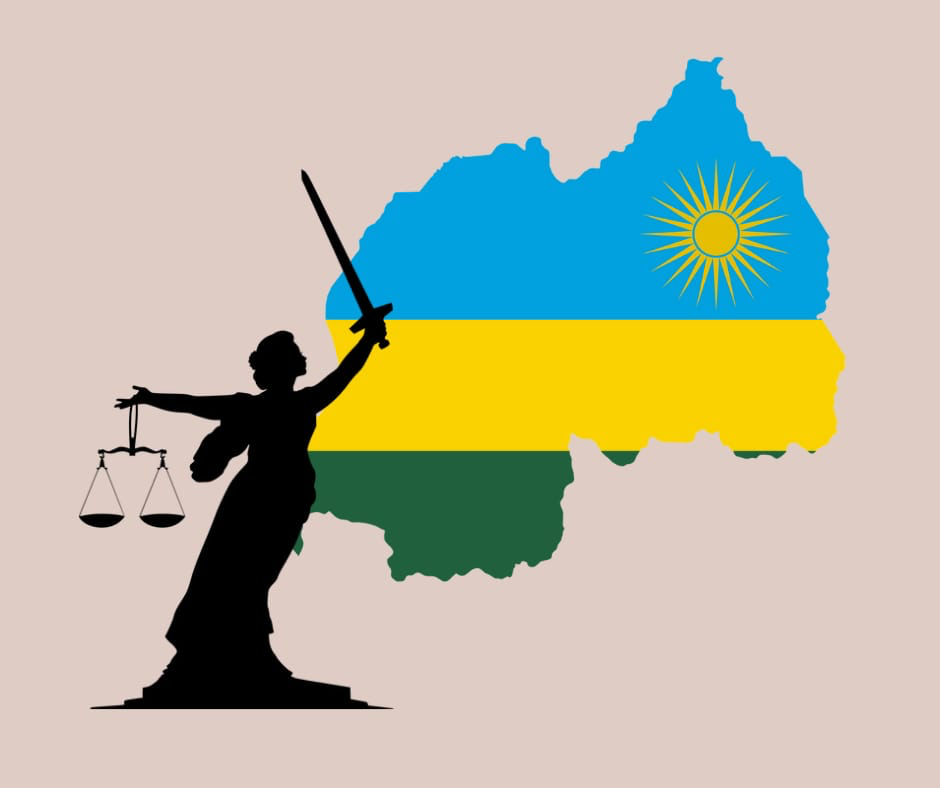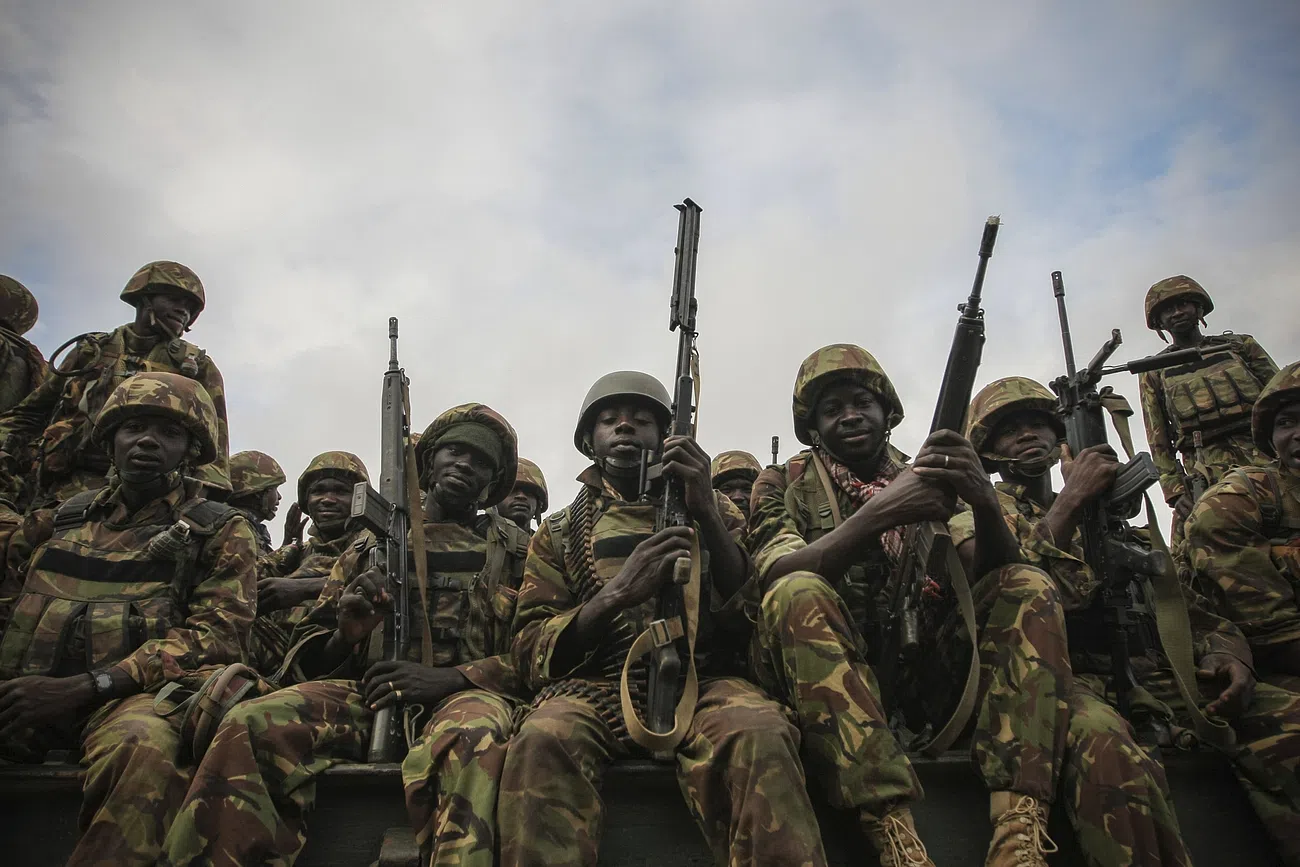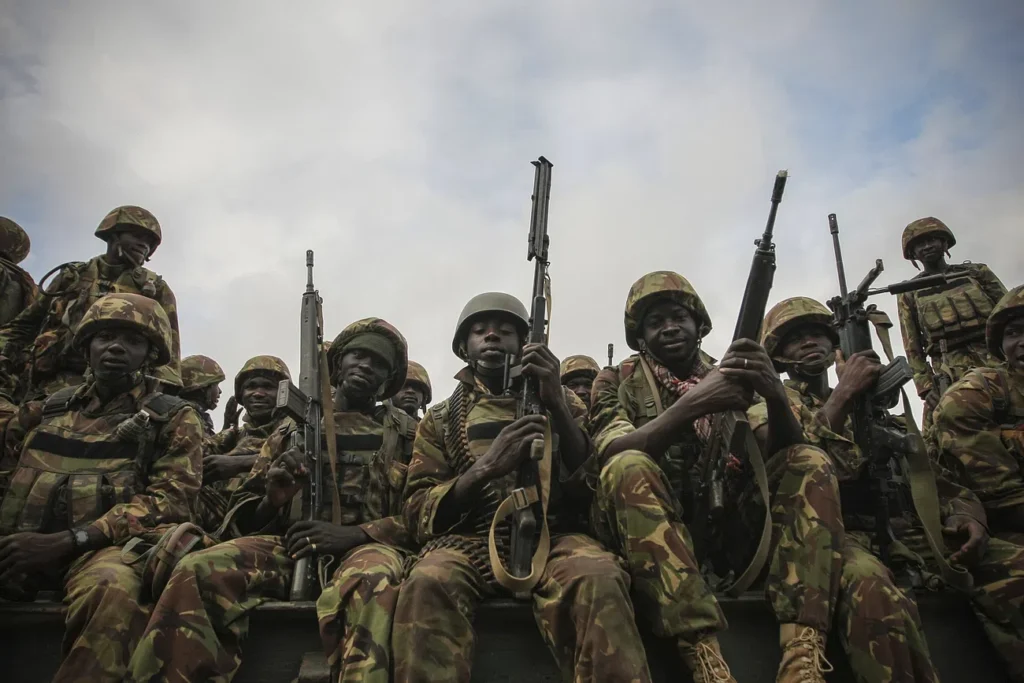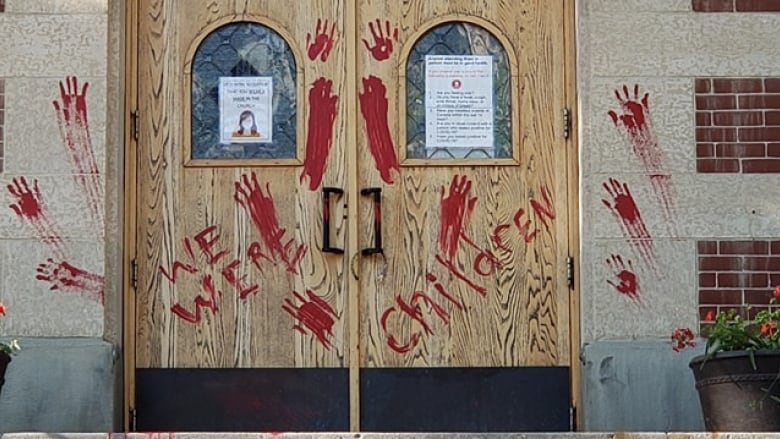Authors: Agostino Bono, Camilla Cormegna, Ilas Touazi, Shams Jouve, Sophie Herzog Sønju - Crime, Terrorism, Extremism Team in collaboration with the Africa Team*
*Resolution 955 (1994) / adopted by the Security Council at its 3453rd meeting, on 8 November 1994. https://digitallibrary.un.org/record/198038?ln=es&v=pdf#files
Introduction
April 7, 2024, marks the 30th anniversary of the Rwandan genocide, 100 days during which Tutsi and moderate Hutu were murdered by Hutu supported by government authorities. In the aftermath of the genocide, the Rwandan Patriotic Front (RPF) faced significant challenges in terms of reconciliation and rebuilding the country, implementing a judicial system based on transitional justice. Transitional justice addresses widespread human rights violations in post-conflict contexts, acknowledging victims, fostering peace, reconciliation, and democracy.
In another ITSS article, the Russia Team discusses the role of transitional justice in post-conflict Ukraine. This article explores the post-genocide Rwanda’s search for justice and reconciliation through the judicial process, arguing that a holistic view of transitional justice is needed and both the objectives of peacemaking and justice, restorative and retributive tools, must be balanced to ensure a sense of sustainable peace. Rwanda also represents a turning point in the post-conflict agenda: as UN peacekeepers failed to prevent the genocide, post-conflict resolution approaches shifted from humanitarian interventions to the responsibility to protect, where the UNSC authorises military intervention in the event of ethnic cleansing and civil war. The transformation of humanitarian intervention approaches is described after presenting a historical overview of the Rwandan genocide. The article then evaluates transitional justice methods, including the ICTR, and local and gacaca courts. Lastly, it compares Rwanda and South Africa's use of traditional methods in the reconciliation process.
The roots of the Rwandan conflict: A historical overview
The Rwandan society has been always divided along ethnic lines between the Tutsi, the Hutu and the Twa. Since the 1800s, backed by the Belgian colonisers, the Tutsi were the dominant ethnic group. The concentration of power in the hands of the Tutsi exacerbated inter-ethnic tensions and led to the 1959 social revolution, which resulted in the abolition of the Tutsi monarchy and the expulsion of hundreds of thousands of Tutsi to neighbouring countries. The post-colonial governments of Gregoire Kayibanda (1960-1973) and Juvénal Habyarimana (1973-1994) discriminated against the Tutsi and were characterised by corruption as well as power struggles within ethnicities. Their domestic policy intensified in October 1990. During that month, the return from Uganda of the Rwandan Patriotic Force (RPF), a contingent of special forces, sparked a civil war with the Rwandan Armed Forces (RAF) of President Habyarimana who accused the Tutsi of the increasing Hutu’s social grievances and sufferings. Concomitantly, powerful Hutu from the Akuzu tribe, gave logistic and material support as well as training to the anti-Tutsi front.
The Arusha Peace Treaty in June 1992 put an end to two years of belligerence between the RAF and the RPF and established a power-sharing agreement between the parties in conflict. However, the instability continued throughout the country also because of the Hutu’s propaganda against the Tutsi at the national and local levels. Therefore, despite all the efforts, the civil war lasted until 1994 with a final toll of about 10,000 deaths. A significant example of the bilateral aggression took place on 6 April, 1994. Following negotiations with the RPF in Arusha, Tanzania, the aircraft carrying President Habyarimana and Burundian President Ntaryamira was shot down by unknown attackers. Their killings ignited the Rwandan genocide, which was fuelled by the Hutu political elite who accused the RPF of the murders. In their killing spree, they massacred Tutsi as well as moderate Hutu opponents.
The United Nations Assistance Mission to Rwanda failed to stop the genocide as well as to join efforts with the RPF. This resulted in the unilateral reaction of the RPF which spread throughout the country, finally managing to put an end to the massacre in July 1994. Overall, between 6 April and 19 July 1994, approximately 800,000 ethnic Tutsi, Twa and Hutu were killed for the sake of “cleansing the nation”.
The Rwandan genocide: between humanitarian intervention approach and post-conflict reconstruction (PCR)
The emergence of ethnic, religious, tribal, and civil wars, particularly in Rwanda, reshaped the Security Council's priorities from maintaining international peace to stopping the massacres and ensuring the free distribution of humanitarian aid, then providing armed support for the relief effort and authorising multinational military intervention to stop the genocide and crimes against humanity. However, the UN's post-Cold War activities, particularly in Iraq, Bosnia-Herzegovina, and then Rwanda, have been characterised by humanitarian operations that are increasingly militarised and described as “military humanitarianism.” While contemporary international law does not grant humanitarian intervention the same exceptional status as the right to self-defence. In this vein, the acceptance of a right to judicial interference was sown with pitfalls precisely by Rwanda, which refused to adopt the statute of the International Criminal Tribunal for Rwanda (ICTR) in 1994. Yet, it is a question of interference in the service of peace and justice, constituting a leap from the right to interfere to the doctrine of the responsibility to protect (R2P) and prevent genocide, war crimes, ethnic cleansing, and crimes against humanity.
In the post-Cold War globalised world, a “post-conflict reconstruction approach” (PCR) has arisen to prevent systematic human rights violations that offers reparation to victims and strengthens conflict resolution and peacebuilding. In that respect, Rwanda stands as a major case on the emerging post-conflict agenda. Consequently, the change in the nature of humanitarian intervention from traditional approaches to new dimensions was implemented in the Rwandan theatre, which initially focused on the classic peacekeeping operation with the United Nations Assistance Mission for Rwanda UNAMIR, decided by resolution 872 (1993) of 5 October 1993. Faced with the United Nations' inability to manage the Rwandan crisis through its action, described as humanitarian assistance, the French-led “Operation Turquoise”, followed by “Operation Support Hope”, was described as founding a right to interfere. That’s why the “PCR” process in Rwanda to solve genocide issues and trauma has been shaped innovatively to achieve sustainable peace recovery and promote reconciliation due to holistic planned coordination among different policy interventions and stakeholders in the context of security, political governance, socio- economic development, gender, and justice. Meanwhile, PCR was enhanced by mechanisms of coordination in the transition to peace, namely the Rwandan government (GoR), as well as the administration of justice and conflict prevention under a window of sustainable consensus reconstruction among the formal and transitional informal justice systems (IJS).

ICTR, the local courts and their limitations
The exceptionality of the genocide in Rwanda was the public mass participation, and so the retributive justice process became increasingly difficult. The need to implement an international criminal tribunal became essential for convicting those utmost accountable. The ICTR, or the International Criminal Tribunal for Rwanda, was created as of the UN Resolution 955, which stated that its aim was “prosecuting persons responsible for genocide and other serious violations of International Humanitarian Law committed in the territory of Rwanda”. In total, 93 people were indicted by the ICTR. Of them were 62 sentenced, 14 were acquitted, 10 were referred to local courts, and the rest either died, escaped, or had their charges withdrawn. The ICTR was historical as it was the first time “an international tribunal delivered verdicts against people responsible for committing genocide”, with their sentences ranging from 2 years to life imprisonment. Those not indicted by the ICTR were indicted by the national court system. Towards the mid 2010s, around 10000 people were tried in relation to the genocide, potentially facing the death penalty. The difference in punishment, as well as the varying judicial process, came to be a large problem for the reconciliation of the Rwandan state. Although the ICTR was successful in creating some sense of fairness and victor-mentality for the remainder of functional society, the UN resolution and the tribunal itself had clear limitations through their retributive aims. Retributive justice can be defended from a logical perspective as something that can be justified in terms of utility, but not in terms of fairness. From a moral perspective, it can be justified in terms of fairness, but not utility. In Rwanda, the retributive justice process through ICTR convicted those most in charge of the genocide, without determining the morality of the crimes beyond the basis of international law, not addressing the root issue which ultimately caused neighbours to kill their neighbours. There was no need for the convicted in either court to express remorse or wish to reform, and so a retributive justice process did arguably limit the reconciliation process of the state after the genocide.
Gacaca courts: balancing accountability and reconciliation
To provide alternative solutions for dealing with the perpetrators of the genocide while promoting peace, in 2002 the Rwandan government established the gacaca courts, which combined elements of retributive and restorative justice. In 2012, gacaca came to an end, having tried more than 1.9 million suspects, involving over 170,000 judges. Gacaca were customary local courts traditionally led by elders and public figures to solve local disputes. The new gacaca retained some characteristics of the original model but now judges had the power of sentencing while the existence of a forum of community members allowed victims to voice their suffering. Significant value was also placed on the acknowledgement of guilt, shame and regret by the accused: the offender’s confession about the atrocities committed would reduce sentences in favour of community service. According to Pugh and Rwanda’s leaders, community involvement to address crimes and truth-telling succeeded in achieving accountability more efficiently compared to state-controlled mechanisms while fostering reconciliation. Not only did many perpetrators appear remorseful and apologised to their victims by giving them truth and closure about a tough past, but since gacaca was rooted in tradition, the Rwandan society managed to reclaim a cultural heritage nearly lost during colonisation. In turn, gacaca helped the healing of a country torn apart by an ethnopolitical conflict by reintegrating citizens not as Hutu or Tutsi but as Rwandan nationals.
However, numerous criticisms have been levelled against the gacaca system. Apart from a lack of due process, one of the key issues revolved around the legitimacy of judges. Many people elected as judges were later recognised as having taken part in the genocide, compromising their integrity and accountability, ultimately undermining the justice system. Thomson also contends that gacaca courts were a state-driven legal system devised to exert control by collectively assigning guilt to the Hutu population, categorising them as perpetrators, while politicising the victimhood of the Tutsi community. The RPF leadership failed to prosecute Tutsi forces who committed atrocities against Hutus, de facto failing to deliver true justice. Overall, notwithstanding these criticisms, gacaca proved to be an important restorative tool in the reconciliation process, highlighting the importance of a holistic approach to transitional justice that incorporates both retributive and restorative measures.
Assessing cultural tools for reconciliation in Rwanda and South Africa
We observe a particularly efficient use of holistic, home-based approaches to post-conflict reconstruction in Africa from 1995. Rwanda and South Africa have both succeeded in introducing solutions grounded on traditional mechanisms for reconciliation.
The South African Truth and Reconciliation Commission (TRC) was established to investigate human rights violations usually perpetrated by state institutions and the military during the apartheid. Similarly to Rwandan solutions, it aimed at strengthening peace by reestablishing trust within the South African society, while avoiding direct violence and rebuilding the country. This last point differs from Rwanda’s clear need for individual justice, each country adopted different forms of transitional justice mechanisms. The TRC emphasised on rebuilding the country politically, while Rwanda’s Gacaca courts favoured the settlement of revenge needs within the society.
Considered the ‘largest experiment in popular justice in modern history’ as well as a ‘unique [model] among judicial structures around the world’, the Gacaca allowed for faster trials and certainly eased ethnic tensions after the genocide by putting the society at the heart of reconciliation. Culturally adapted programmes focused on inclusiveness and dignity, therefore restoring a national identity. Levels of political reconciliation reached 90%, demonstrating the clear success of traditional tools for reconstructing Rwanda. In South Africa, the TRC received similar positive outcomes and particularly contributed to acknowledging abuses suffered by the victims.
However, cultural resources are not magical tools for reconciliation. Indeed, John Lederach evaluates the success of reconciliation through four constitutive elements: peace, truth, justice, and mercy. According to this model, ‘South Africa emphasised truth and mercy at the expense of justice, whereas Rwanda emphasised justice at the expense of mercy’.
The main issue raised by the gacaca courts being traditional tools is their disrespect of international legal standards. They failed to provide gender-sensitive justice or efficient reintegration means, and could definitely not accelerate the process of restitution and compensation of properties, nor erase the genocide’s psychological and physical damages.
In South Africa, the TRC was in charge of the problematic mission of ‘establishing truth’, forsaking individual reconciliation and focusing on political and national needs. The Commission did not address the many inequalities suffered by the black community following the apartheid, including increased levels of poverty, and therefore did not answer the population’s need for the whites to take responsibility and pay reparation.
Conclusion
It is clear that the tragedy of the genocide of the Tutsi in Rwanda in the 1990s marked the post-Cold War period, reflecting the reality of a country strongly characterized by political violence and community and ethnic tensions. But amid of this indelible trauma, the vital role of transitional justice and informal justice systems, with the dual involvement of local justice (Gacaca), and national and international courts (ICTR), emerged as a solution to this endemic crisis. However, this was reinforced by post-conflict reconstruction (PCR) approaches in response to genocide and crimes against humanity, but it also played a pivotal role in the peacebuilding architecture and conflict prevention management. Thus, the main lessons drawn from the Rwandan experience are essentially linked to respect for international humanitarian law and international human rights law, which must be at the centre of local government priorities, and post-modern internationalism above political divisions and double standards at the international level, while today there are various situations, particularly in Ukraine, where populations face risks of crimes under the responsibility to protect (R2P).



